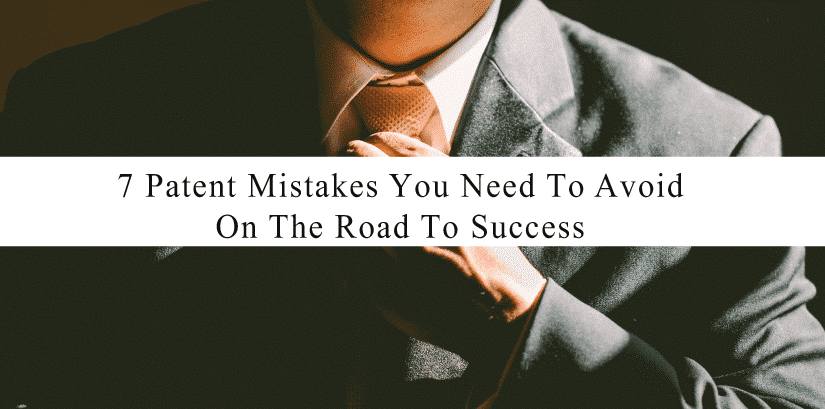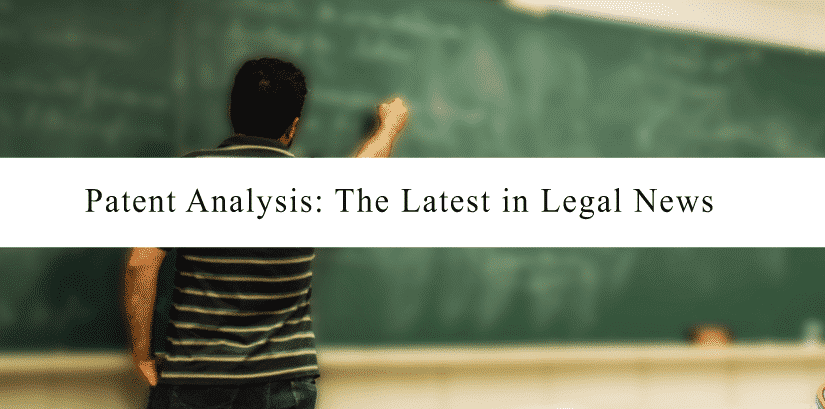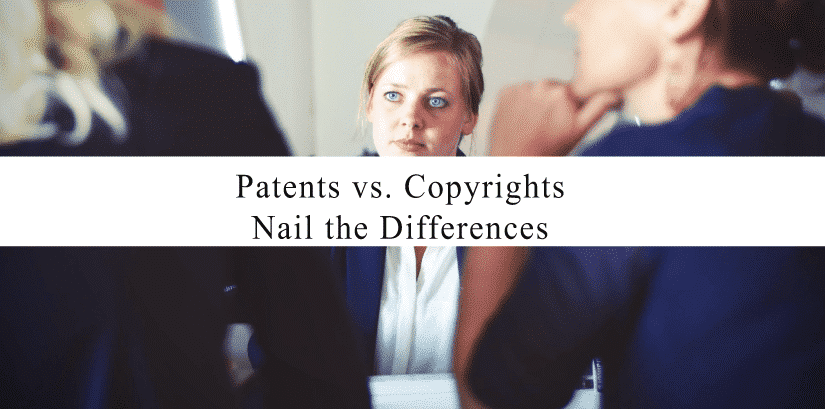7 Patent Mistakes To Avoid on the Road to Success

You have your invention. The next step is to get the patent. As exciting as this process is, getting an invention patent can be costly, difficult, and tricky, for both individuals and startups. It can be very easy to make mistakes, which can set you back on your patent goals.
Patent Analysis & News

In an effort to help my clients and colleagues understand the latest in patent cases, I’ve began creating a library of patent analysis and the latest in the patent world. Stay tuned for the latest cases shaping the patent world!
Patent vs Copyright: What’s the Difference?

3 lawsuits in 2012 resulted in payouts of over $1 billion per each lawsuit.
Your new invention, or brilliant idea could one day cost you that much if you don’t prepare yourself. Even if all that cash should have been rightfully yours.
